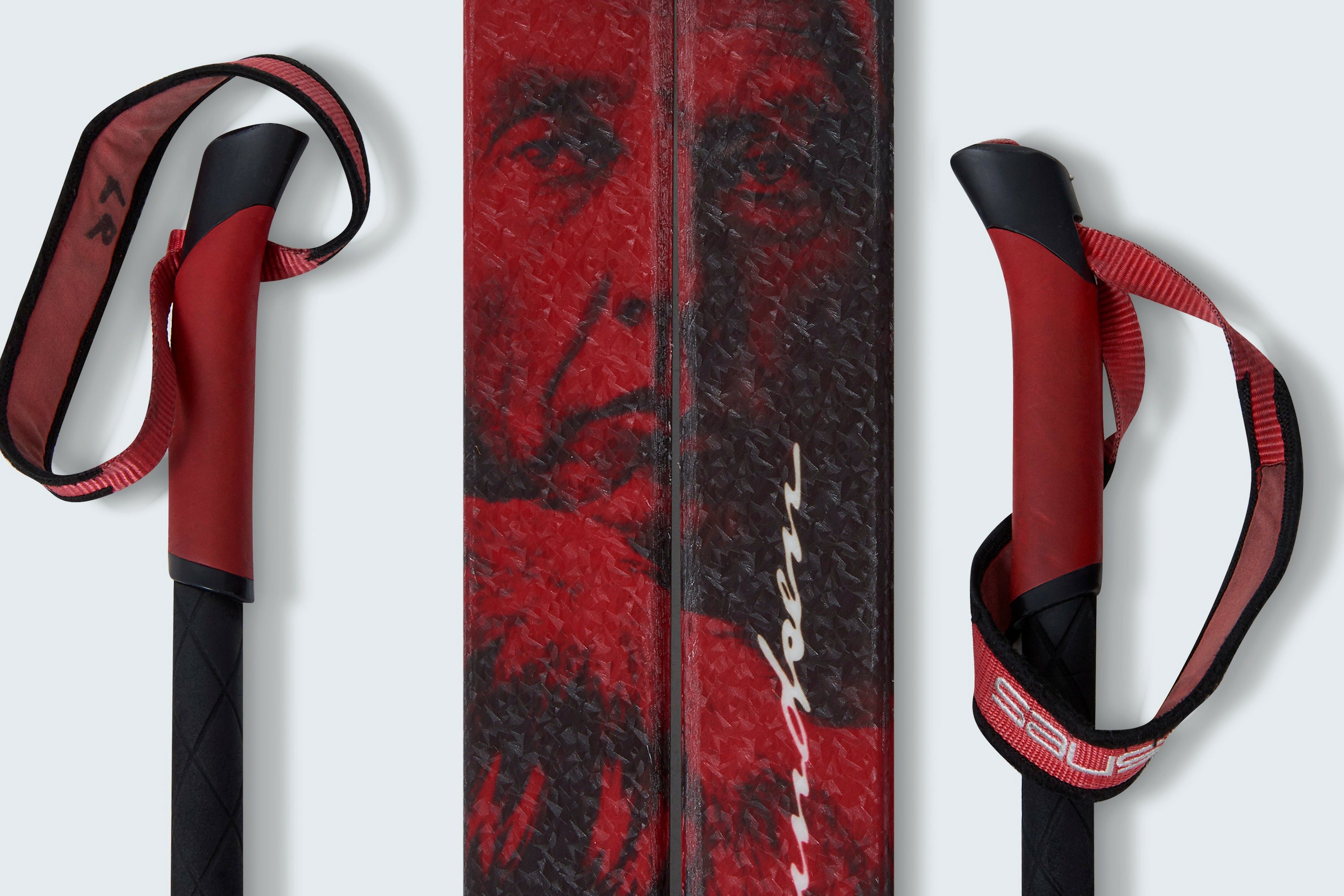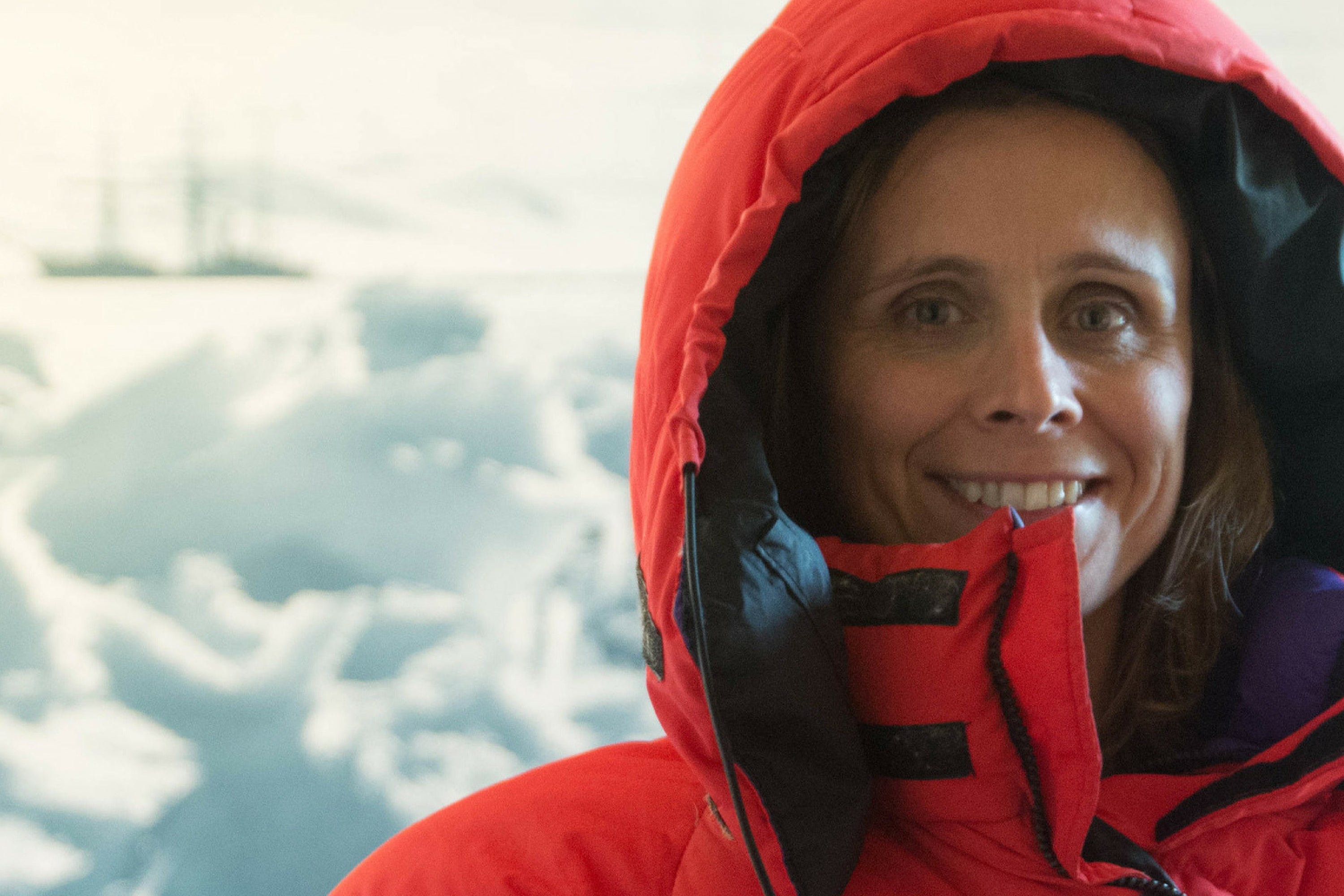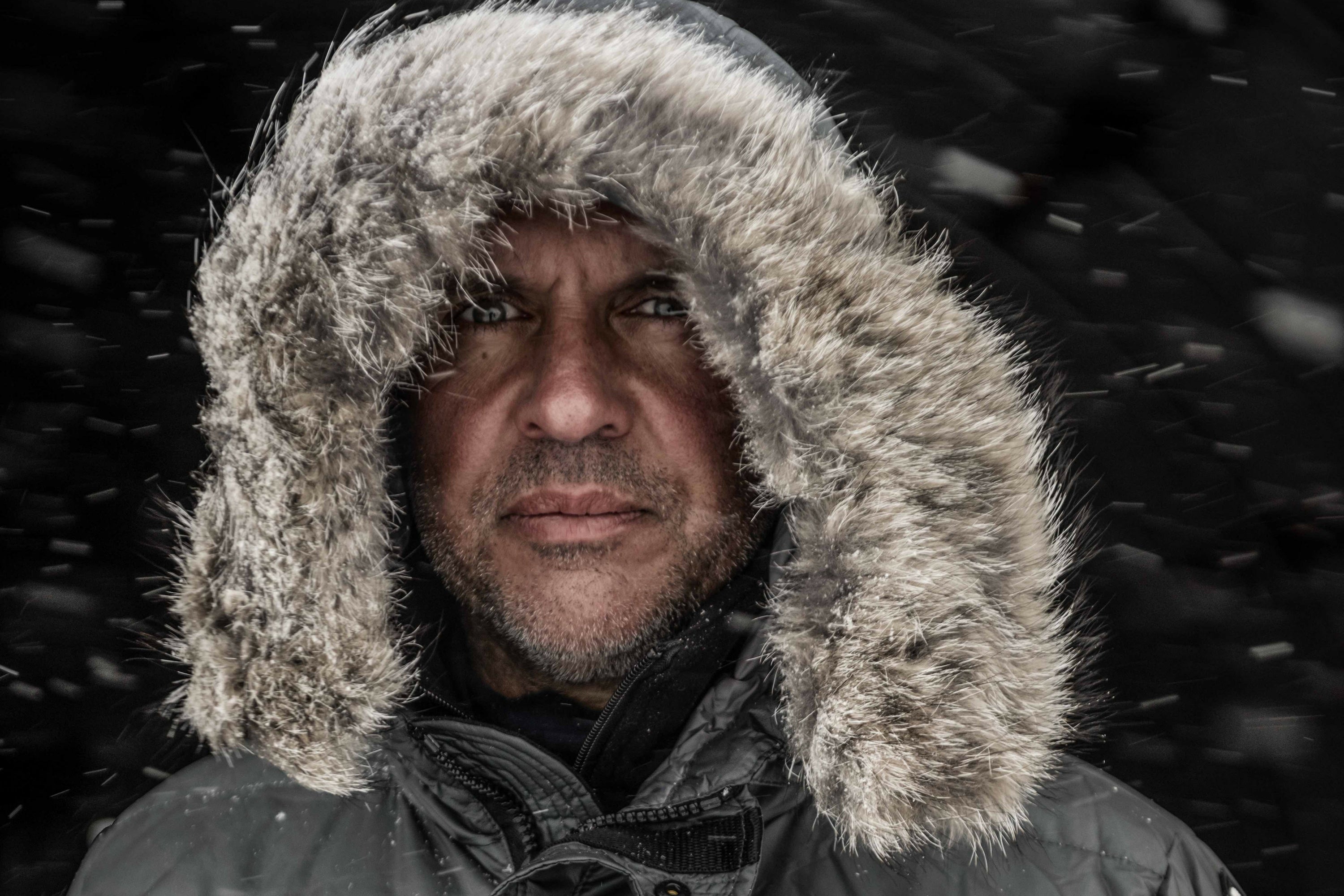
Equipping A Modern Pioneer
Polar expedition equipment has come a long way since Ernest Shackleton first set foot on Antarctica. More lightweight materials, advanced synthetics and other technological innovations have led to crucial marginal gains. These advancements have enabled modern pioneers to go further, faster and for longer in the world’s most inhospitable environments.
Seb Coulthard (sailor and engineer) and Jamie Facer-Childs (member of the SPEAR17 Expedition Lou Rudd led across the Antarctic) gave us a rundown of the equipment that today’s pioneers are using to push the boundaries of human endurance.
Jamie Facer-Childs | JC
Seb Coulthard | SC
SHACKLETON: How has expedition kit changed for the modern pioneer since the time of Shackleton?
SB: There is a kind of brotherhood among modern pioneers. Now people share information and technological advancements. The idea is if you travel as light as possible you can go further.
JFC: You need three things gear that is going to protect you from the weather conditions; gear that will enable you to keep making progress every day; food that will give you the energy to keep going.
SB: People are looking ahead rather than to what’s already available. They’re all going to different companies and saying: ‘I know there’s this amazing jacket you produce which is lightweight and it’s great but I want something a bit more bespoke. I want something that’s a little bit more efficient.’
It’s very rare to find companies that do that, but I know that Shackleton can. It’s brilliant when a company can shape itself to the needs of the pioneer. It’s all about finding ways to push innovation one step further to provide the marginal gains that adventurers need to optimise their efficiency, safety and warmth.
JFC: The entire clothing system has come on leaps and bounds since 1914. If I had to pick two pieces of kit that have come further than any others, I would go with footwear and the outer layer.
The waterproof/windproof layer has been made breathable with materials like Gore-Tex. They can vent any water vapour from your sweat through the fabric. Heavy rainfall isn’t going to penetrate the outer layer either. That’s why these materials are used in footwear too. They’re even used in sailing and spacesuit design.
SHACKLETON: Is there any kit from past expeditions you now swear by?
JFC: [On SPEAR17] we all had this big puffer outer jacket, so if we were around the tent or stopping for a food break we had something that kept out the wind, and trapped our heat to keep us warm. They were fantastic - it could be -50 and you’d feel quite comfortable in that for a good half an hour just stood around outside, which is pretty impressive.
SB: Now you’ve got technical footwear that you can use for ice climbing. You can put a crampon through it. You can use the same boot for hiking. You can use the same boot for skiing. You can essentially get three-in-one footwear.

The woolly jumper is timeless. You don’t tend to see people in the UK wearing woolly jumpers so much. Up Snowden or Ben Nevis, you tend to see boys and girls wearing all this Gore-Tex stuff. But head over to countries like Sweden, Finland, Norway, Iceland, Greenland, Canada… You’ll find they prefer wearing woolly jumper outdoors, going about their daily business, rather than synthetic materials.
There’s two reasons for that: it’s affordable and it’s part of their national psyche. The woollen jumper is the garment they’ve worn outdoors for centuries, so why change it? It’s just how these materials are produced. Also the type of wool is important. The selection of wool is very important, in fact. Merino wool long johns haven’t changed since Shackleton’s time. Maybe they’re a little thinner now, but essentially it’s the same item.
JFC: We had Hilleberg tents on SPEAR17. They were three man tents but we had two people in each which was quite the luxury, and worth taking the extra 3 or 4 kilos of weight. When you get in there at the end of the day, you’re tired and you’ve got quite bulky kit, so it’s really nice to have that little bit of breathing space for you and your tent buddy.
We went through the process of stripping all things of their original packaging and packaging it in little sandwich bags. That way there wasn’t any faffing about trying to undo wrappers when you’re wearing a massive pair of mittens, and you don’t have a load of rubbish bags with extra weight either. So that’s a really efficient way of organising your food.
SHACKLETON: Any final kit advice for young pioneers in the making?
SB: One of the most important things you need is a sleeping system that keeps you warm – a red line sleeping bag and a double thick foam mattress to sleep on. It would have been nice to have been able to take the Therm-a-Rest, where you blow air into them and it pumps them up, because they’re lighter and really good insulation. But if you blow even just a little bit of moisture into them, your breath will just freeze inside and break it down so they’d only last a couple of days. We had to take foam mats instead.
JFC: You need your skiing gear, clothing, base layers, socks – enough to be able to change socks every 10 days. The outer skiing jacket needs to be windproof, but just a thin layer - when you’re pulling a 120 kilo pulk uphill towards the South Pole, your body’s generating so much internal heat that really it’s not about wearing loads of layers. It’s just having warm, thin layers which you can vent if you need to or - on particularly cold days - just throw an extra middle layer on.”
SB: Gilets are ideal because they keep your core warm but leave your arms free to ski. Plus they’re ventilated so you don’t overheat.


